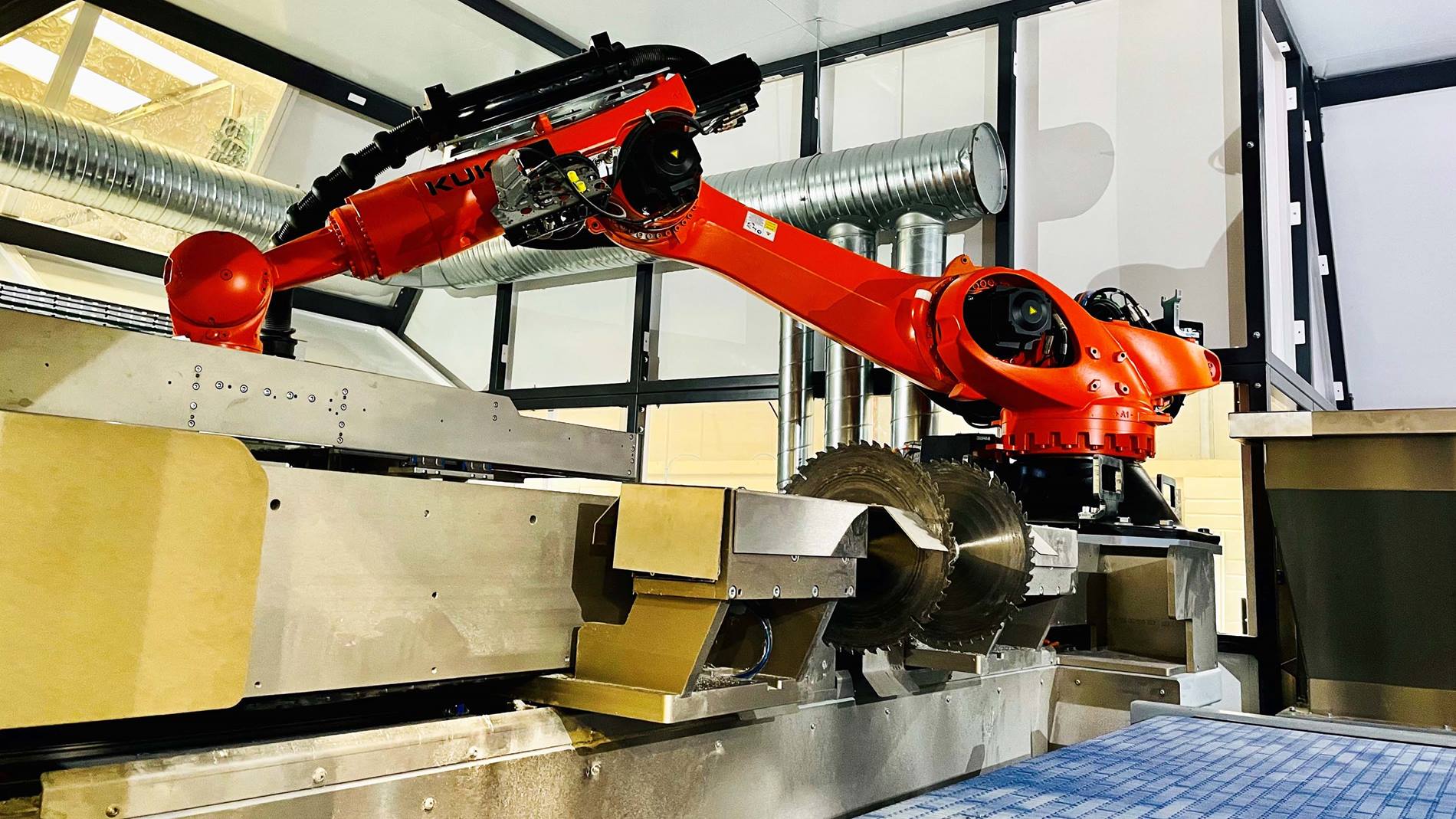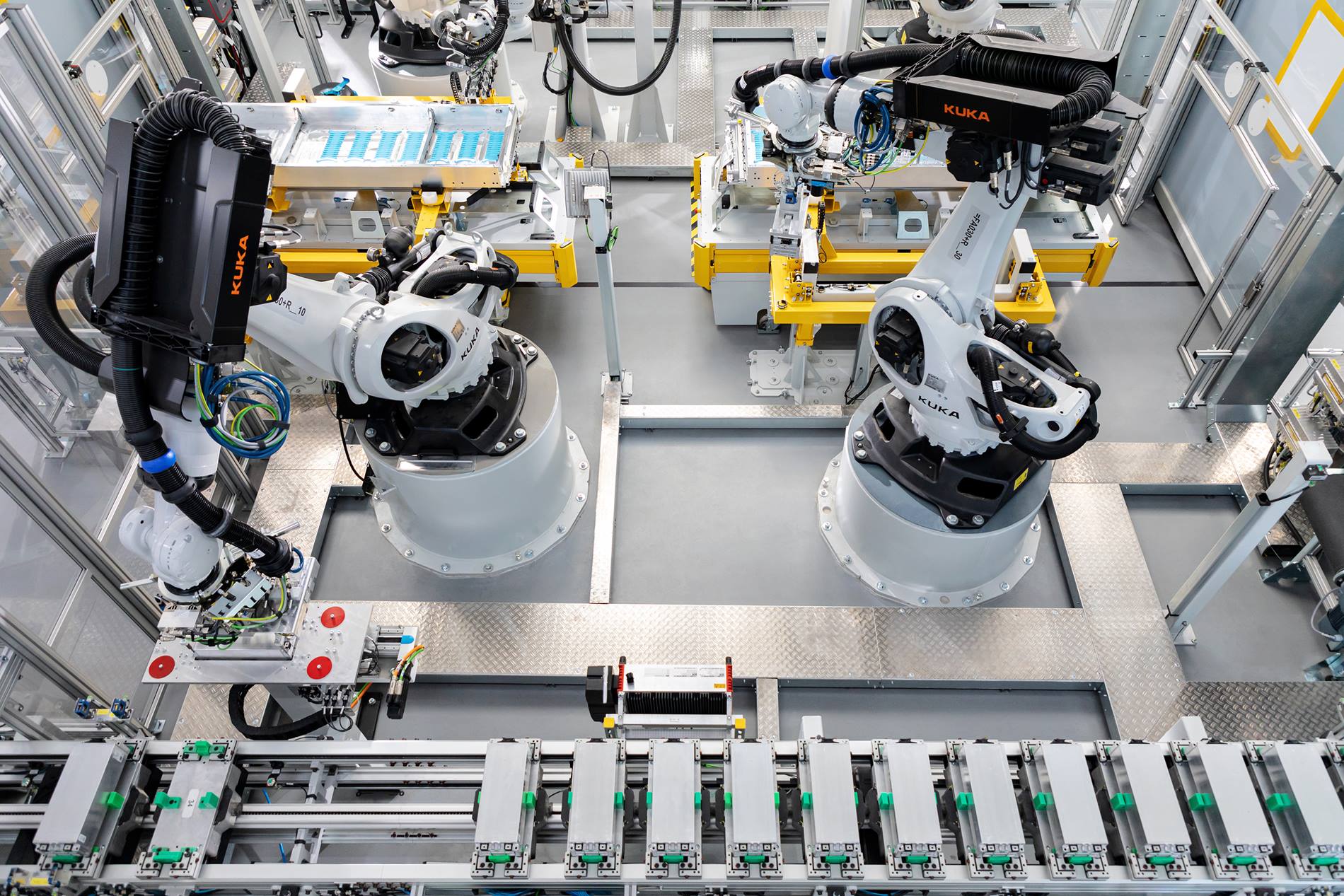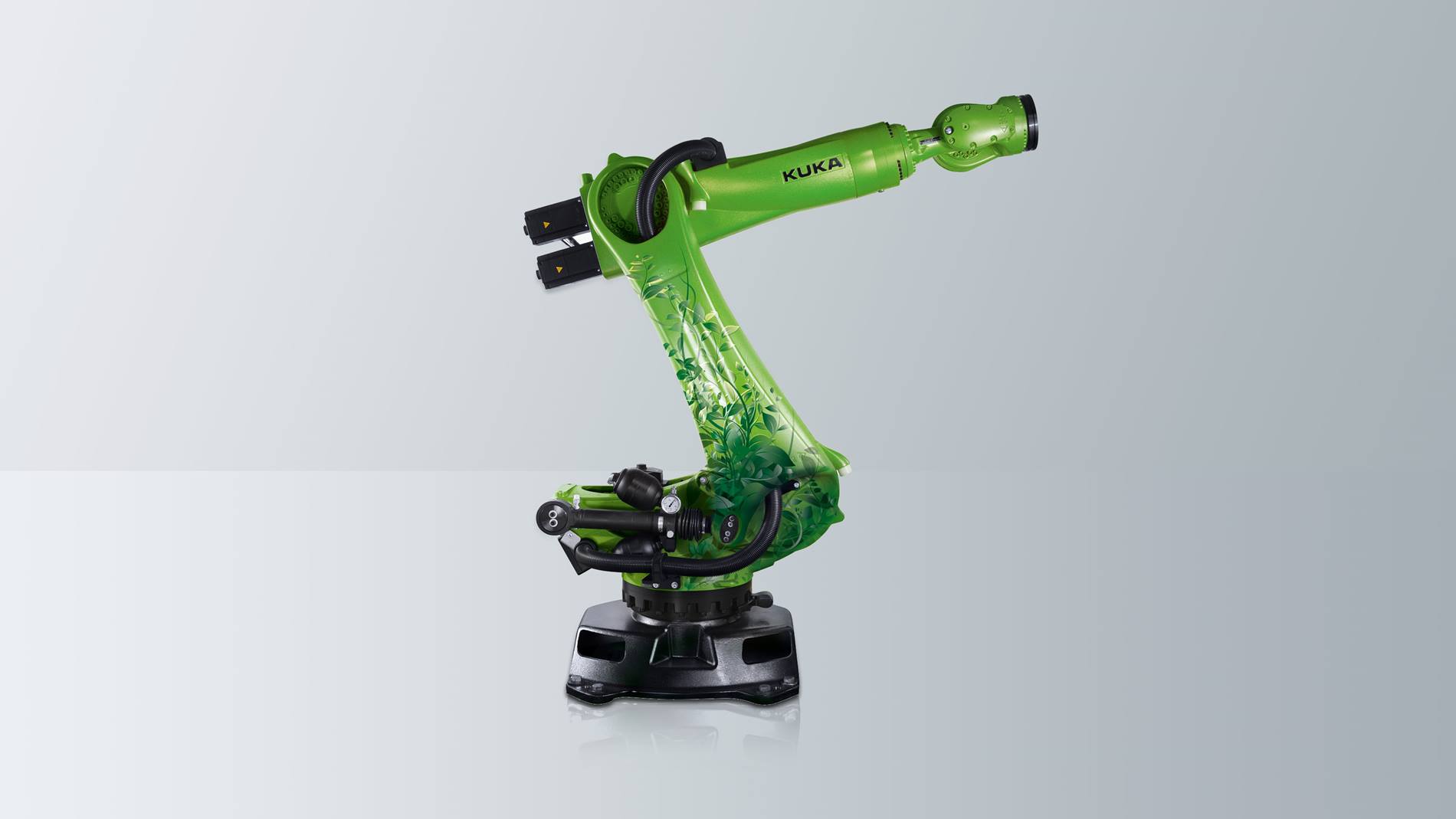KUKA: Working for more sustainability
Robots in action against electronic waste

Recycling e-car batteries – an important future field
New powertrains are essential for clean, sustainable mobility. The end of the combustion engine is approaching, more and more car manufacturers want to stop offering combustion engines in the future, including industry giants such as Audi, Volkswagen and Toyota. The European Commission also wants to introduce a ban on new cars with internal combustion engines. Electric drives are an important replacement technology – but what happens to the batteries at the end of their useful life?

To implement sustainable concepts for batteries at their “end of life”, all players along the value chain – from material extraction to battery production to the use phase – would have to address the issue, experts say. “The required automation of battery disassembly and the recovery of recyclable materials will generate new know-how and, in the end, new business areas,” says Dr. Joachim Döhner, chairman of VDMA association’s Battery Production department and KUKA senior director of Global Sales Battery. With more and more e-vehicles on the roads, the need for recycling will also increase – and even a new market segment for automation will emerge, he adds.
This is because battery disassembly is anything but unproblematic. While the risk is manageable for new vehicles, an old, used e-car brings risks such as toxic fumes or possible damage to the battery from accidents. Automation and robotics can be used here to protect people from these hazards.
More resource-efficient production
And new technologies themselves can also contribute to the circular economy. “We need to make automation solutions as durable as possible to save valuable resources. There is still a lot of potential for this, especially in Europe,” says Dr. Döhner.
In addition to the already long-life cycle of robots, KUKA, for example, offers disposal or recycling of used robots. And the steel or aluminum used by KUKA generally has a high recycling content. This conserves valuable resources – and also makes economic sense. Used robots expand the KUKA range, and this offer is well received. For example, used machines offer smaller companies a good and inexpensive entry into automation. And other customers want to reuse tried and tested equipment in a large system.

This content was originally published on the KUKA website.

